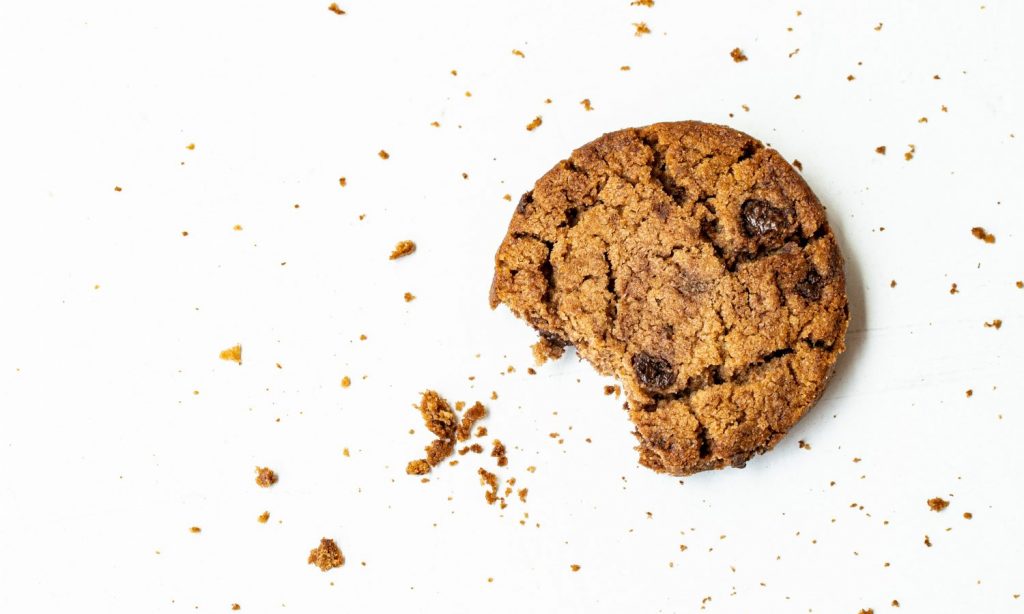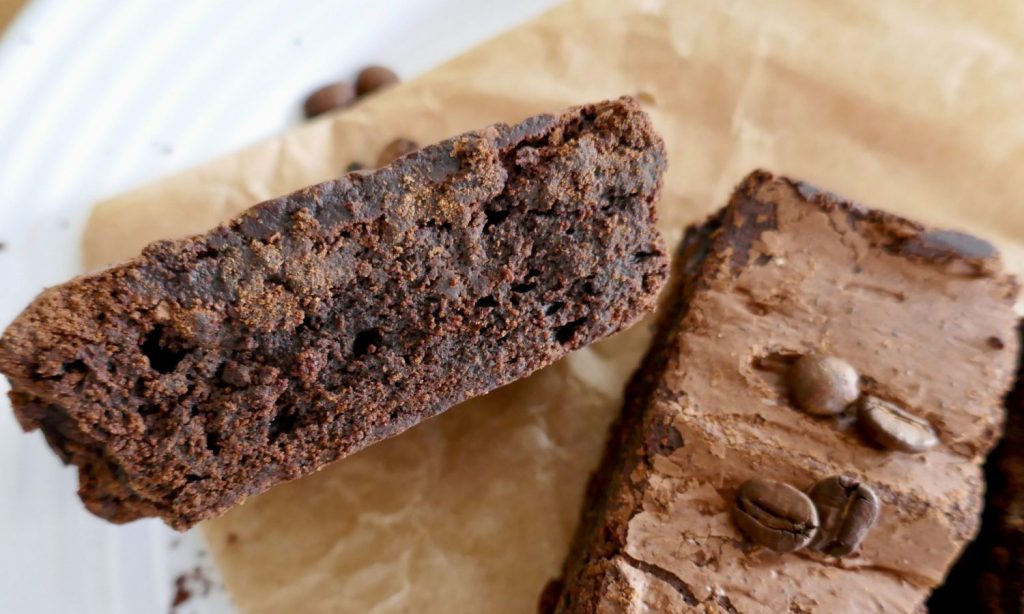
How do you calculate the THC levels in your cannabis edibles?
Whether you are making edibles in your kitchen or buying convenience foods, remember to start with dosing and go slowly.
This article originally appeared on Cannabis.net and was republished with permission.
Homemade edibles are becoming more popular than ever as many people get creative with cannabis in the kitchen. There’s no doubt that freshly baked canna-infused brownies sound appealing, which is why homemade edibles are usually on trend.
However, making edibles with a safe dose of THC is an art that requires accuracy and precision. It takes careful math, an understanding of decarboxylation, and a thorough knowledge of the THC content of the flower you are using. As a result, manufacturers must follow strict processes to ensure that foods contain a safe amount of THC. But don’t be discouraged just yet. This article explains how you can ensure that your homemade edibles are safely and consistently dosed with THC.
Photo by Margo Amala via Unsplash
Why it is important to properly calculate THC dosage in edibles
Edibles are different from other types of cannabis delivery in a number of ways. First of all, you should know that the human body processes the THC in edibles differently. However, the basic digestive process of THC in the human body is the same. During the digestive processes, THC is converted to 11-hydroxy-THC, a long-lasting and powerful compound with enhanced sedative processes. Thanks to the digestive process, the high can last for six hours or more, depending on the person.
Eating foods high in THC will result in high levels of 11-hydroxy THC in your system. This connection can seriously affect you and make you very uncomfortable. Given that a high can last up to six hours, you will experience six hours of discomfort and severe anxiety. Past cannabis use, weight, age, genetics, diet, and gastrointestinal health all affect a person’s response to edibles
An overview of edible potency
Measuring the potency of edibles is very different from measuring the potency of concentrates or flowers. The concentration of cannabinoids in food is measured in milligrams. Ideally, each cannabis product identifies the CBD and THC concentrations as well as its cannabinoid content.
You need to familiarize yourself with the potency of your flower before you start cooking. Make sure you know the percentage of CBC, THC and other cannabinoids in the selected flower. The potency of THC varies from flower to flower. And based on research, flowers get stronger over time. The potency of flowers is much stronger today than it was 40 years ago. Without knowing the potency of your flower, you cannot properly calculate the edible doses.
Due to the low level of THC in raw cannabis, it cannot be used to make edibles. Instead, you heat the flower, which is high in THCA (THC precursor), to convert it to THC. The process of converting THCA to THC is known as the decarboxylation process.
RELATED: Why Don’t Some People Get High From Eating Edibles?
So heat your flower in butter or good quality oil and then strain it off. This should give you a canna-infused oil or fat that is ready to use. Note that cooking time affects how much THC you get. Too short and you are not getting enough THC. Too long and you could end up converting THC to CBN.
Photo by Vyshnavi Bisani via Unsplash
Calculating the edible dosage
For those unfamiliar with edibles, the recommended dosage is between 1 and 5 milligrams of THC. That’s a very small amount considering the edible itself could weigh about 15 grams. For context, 1 gram equals 1,000 milligrams.
Although many self-directed or recreational users have developed a high tolerance to THC, low doses are still the best. High doses are not required for recreational activities or for patients for relief. Low will do the job and prevent you from developing any tolerance to THC as well.
Once you have decided on your target dose, follow the steps below to calculate it.
After you’ve set your desired target dose, follow these steps to calculate it.
Estimate the decarb rate
It is necessary to be very careful when calculating your decarb rate. Many calculations put the overall conversation efficiency, depending on the time and temperature used, between 75% and 88%. To be on the safe side, assume that you will decarbonize 90% of the THCA in THC.
Estimation of the extraction efficiency
Once you have determined your decarb rate, estimate the extraction efficiency. Ideally, not all of the THC present in the flower will penetrate the oil or butter. The extraction efficiency is estimated to be around 30 to 40%. However, carefully assume that your extraction efficiency is 60%. That saves you unpleasant surprises.
Photo by Pot Head Coffee via Unsplash
Do the math several times
Let’s say you are using 10g of bud with a THC of 20%. That would give you a total of 2,000 mg of THC. At a decarb rate of 90%, the flower would deliver 1,800 mg (2,000 x 0.9) THC.
Even after the extraction efficiency of 60% (1800 x 0.6) you have 1,080 mg of THC in the oil or in the butter. 1,080 mg THC is enough for 216 servings of 5 mg each.
RELATED: What To Do If Your Marijuana Edibles Don’t Get You High
There is no need to make your edibles stronger than necessary. A little THC goes a long way in making edible products. Just make sure you do the math correctly and appropriately. To reduce the effectiveness of a recipe, you can use a higher ratio of regular butter to cannabutter instead of regular butter. Don’t forget, always calculate correctly!
Make sure you mix and portion thoroughly
Thorough mixing is very important to ensure even mixing and distribution of the oil or cannabutter. If the mixture is not mixed properly, you will not get an even distribution of THC throughout the batch. As a result, there will be different results from one edible to the next. Make sure you take all possible precautions to standardize the dosage across servings.
Bottom line
If at any point in time you are unsure of your calculations, opting for ready-made products should help you avoid dosing problems. One of the main advantages of organizations that we enjoy today is the regulated dosage of cannabis. So instead of risking an overdose that leads to a “green out”, buy ready-made products.
Finally, whether you are making edibles in your kitchen or buying convenience foods, remember to start with your dosage and go slowly. Know your tolerance base before experimenting with a higher dosage.



Post a comment: